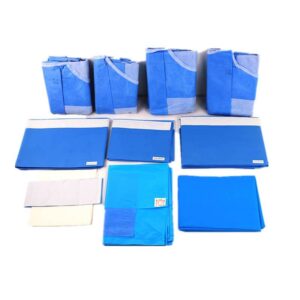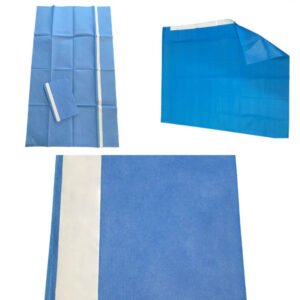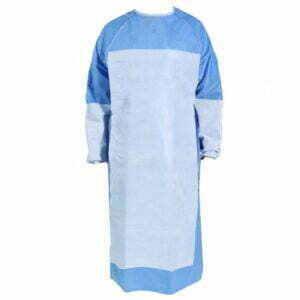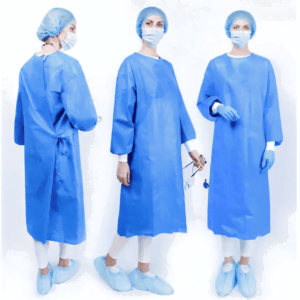- Surgical fenestrated wipes act as a protective barrier during surgery, preventing the transfer of microorganisms and pathogens between the patient and the surrounding environment, thus helping to maintain a sterile environment. Surgical cavity wipes are further classified according to their functional properties. Surgical cavity sheets have a high water evaporation rate, are very comfortable on the body and have a superb adherence to the wound edges. General surgical sheets can be adapted to different common procedures and can accommodate potential problems such as fluid flushing or large amounts of blood. The orthopaedic sheet maintains a sterile area throughout the procedure and can withstand heavy handling during the procedure.
- There are some standard practices for the use of surgical sheets. As the sheets form a barrier between the surgical area and the potentially infected area, only sterile sheets should be used in sterile areas. This prevents leakage from non-sterile areas to sterile areas. The cavity sheet should be free of holes, perforations and tears as any disruption to the integrity of the microbiological barrier will result in contamination.
- Disposable surgical sheets give the impression of a clean standard. The use of disposable cavity wipes and sheets gives an impression of professionalism. They are clean, tidy, hygienic and ready for use. Most disposable surgical sheets and gowns come from polypropylene, a by-product of the petrochemical business, which can be recycled. They are more environmentally friendly than other liquids and chemicals used in the washing process. Disposable surgical products also help with budget management as they have a consistent and measurable value.






